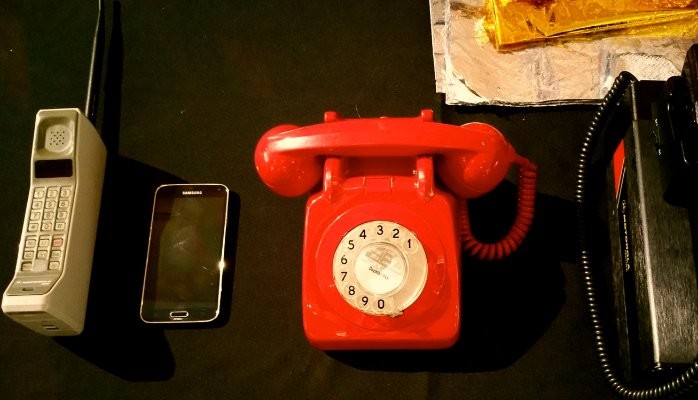Yes, the title may be a little clickbait but you’re here, so please give me a brief “virtual” minute to explain.
On my morning walk to South Ealing Tube station (pictured above) I am constantly reminded, that no matter how much money is spent on building a friction-less path to purchase to meet today’s conventions, the user will always opt for the most emotionally efficient route. There may be many influencing factors, such as ease of use, convenience or emotional experience. But why is digital dead or becoming less effective?
Over the last 24 months, I have have noticed a major decline in organisations’ abilities to effectively influence the path to purchase due to technology and digital distractions, or what I will refer to as a lack of “Digital & Physical Cohesion”.
So, what is Digital and Physical Cohesion?
Digital Cohesion is the organisation’s ability to bring together critical components of: Conversational Commerce; Augmented Reality; Customer Digital Exhausts; and Machine Learning & Artificial Intelligence.
Physical Cohesion is the ability for actionable insights to happen across the physical store\business IT, automated processes, and IoT environments. B2B2C tracked and monitored globally, available, and always on.
There are several key reasons for the creation of the great divide and the decline of Digital, some of the reasons are listed here:
- Budget allocation to meet current needs
- Organisational focus on divided digital, physical and IT organisations
- The technology fallacy being pushed by “tech giants”, infrastructure providers and some telco’s
- Organisations not investing in technologies for employees, (according to Microsoft’s Head of Retail, an average of $7 per store associate)
- Marketing teams working in IT silos
- Store teams focusing on a path to purchase that follows traditional interfaces, such as screens instead of Zero UI.
Digital and data-rich companies, or physically and digitally coherent organisations, in my opinion, are the organisations that have the ability to effectively mine data across their environments and have an AI strategy (not necessarily implemented) for extracting and utilizing the findings from their online and offline worlds. This enables A/B testing, both online and offline, which can include multi-sensory inputs such as voice.
To put this into context, consider the journey of brands, and physical stores, and platforms, all coming together to form one platform, versus organisations that are still focused on bringing their omni-channel, or customer-digital experience, or one-basket strategy to life.
The divide between data rich and poor will lead to great opportunities for the few not the many, and as leaders, we must not let this happen.
However, this is not solely the responsibility of the Digital Team, Store Operations Team, or an omni-channel vertical within a horizontal business, its going to be the responsibility of one coherent Physical &Technology Team tied to the lines of business, driving the ability for low latency, actionable, machine or AI derived services/insights/engagements across consumer and enterprise environments.
Simple, right?
I would love to hear your opinion – Is digital dead, or is it slowly transforming into something else?
Would you like to learn more? Please do let me know.
Thank you for taking the time to read, please feel free to share, connect, or leave a comment below.
You may also want to check out my previous posts.



